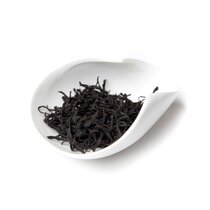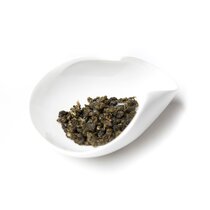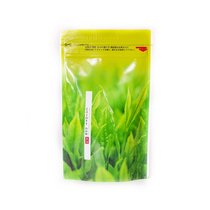Gaba teas are teas with a high content of gamma-aminobutyric acid (GABA). GABA is an inhibitory neurotransmitter that is a natural part of the human body and calms the nervous system.
The beginnings of GABA tea date back to the 1980s, when a Japanese scientist, Dr. Tsusida, discovered that if tea leaves are processed without access to oxygen, the GABA content in them increases significantly. This was the beginning of the development of GABA tea and further research into its health benefits has yielded remarkable results. Above all, its calming effect and beneficial effect on reducing stress, anxiety and overall mental well-being have brought it popularity not only in Japan, but also in other parts of the world.
Currently, intensive research is underway in Japan on GABA acid and its positive effect on neurodegenerative diseases such as Alzheimer's, Parkinson's, and multiple sclerosis. Scientific research has also confirmed that insufficient production of GABA acid in the human body can be one of the causes of stress, anxiety or even epileptic seizures.
Despite the fact that GABA tea was born in the Land of the Rising Sun, Japanese tea masters did not devote themselves to its production. GABA tea began to be produced mainly in China (as green or black tea) and in Taiwan (as the popular Gaba oolong). Japanese GABA tea was created thanks to the idea of our colleague, tea master Jozef Zajac, who used his tea knowledge and skills acquired over years of working with teas to develop a new unique tea with a high content of gamma-aminobutyric acid and, together with colleagues from Shizuoka, set up the process of producing this unique tea and achieved truly great results.
To be called GABA tea, a tea must contain at least 150 mg of GABA acid per 100 g of leaf. In collaboration with a research institute in Shizuoka, they once measured up to 600 mg of GABA acid per 100 g when testing tea leaves, which was truly "super gaba".



